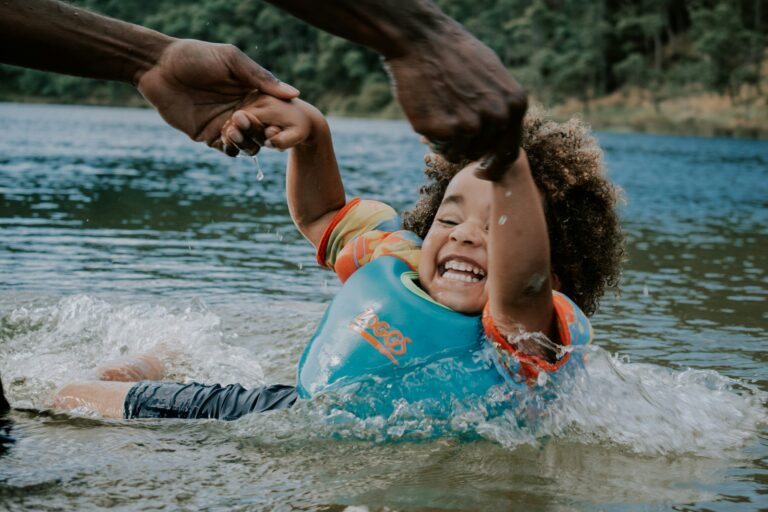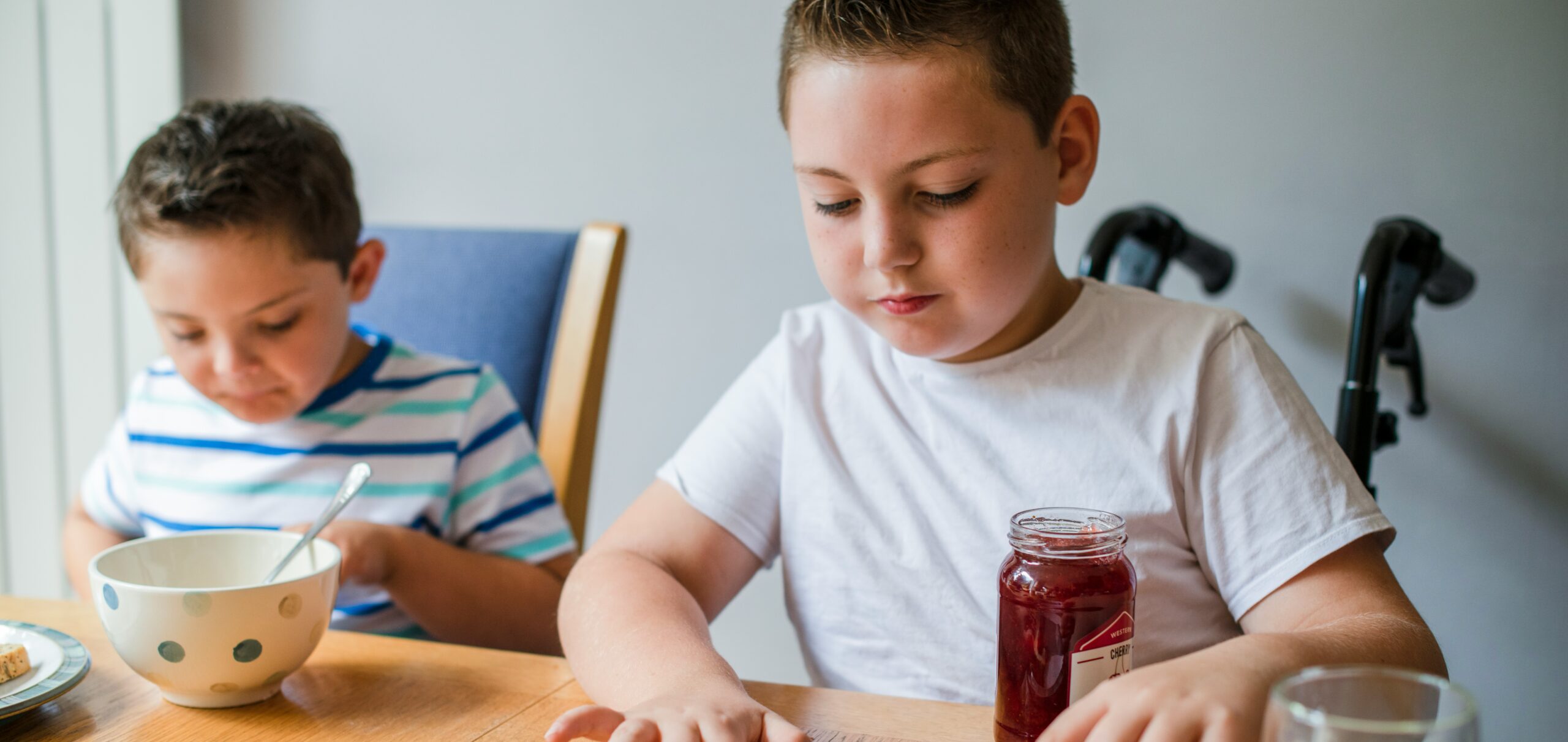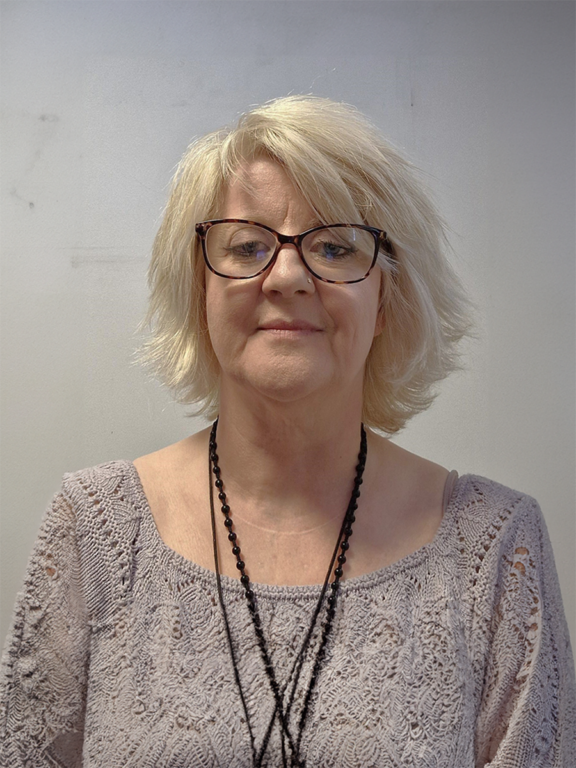What low self-esteem in children can look like
Here are just some of the behaviours that a child with low self-esteem might display:
- Overly sensitive about what others think of them
- Avoids trying something new for fear of failure
- Gives up at the first sign of frustration
- Cheats at games when they think they might lose
- Controls play to try and mask feeling inadequate
- Blames others when something goes ‘wrong’
- Frequent mood swings
- Constantly puts themselves down
- Struggles to accept criticism or praise
- Engages in anti-social behaviour, such as stealing and lying
Helping your child to feel good about themselves
As a parent, your belief in your child is a powerful tool. It instils in them the confidence they need to believe in themselves. Here are some practical ways you can work with them to boost their self-esteem:
- Teach them new stuff. Whether they’re learning to ride a bike or bake a cake, kids’ self-esteem thrives on opportunities to try, fail, and try again until they succeed.
- Praise their grit. Helping to build a child’s self-esteem isn’t just about praising results but also the effort and staying power they put in.
- Try not to criticise. Harsh words can lower a child’s self-esteem. When you guide rather than scold, you’re more likely to inspire them to try to do better next time.
- Give them chores. Helping at home or in the community shows kids that they’re capable and that their input matters.
- Role model self-esteem. Kids learn by example. So, talk positively about yourself and your abilities, and show confidence in your decisions.

Getting support for your child
Low self-esteem in children is associated with mental health issues such as anxiety and depression. So, if you’re concerned about your child’s view of themselves it’s important to get help.
The good news is, that with quality professional support, you can help your child rewrite their inner narrative and increase their chances of growing into a well-rounded and confident adult.



